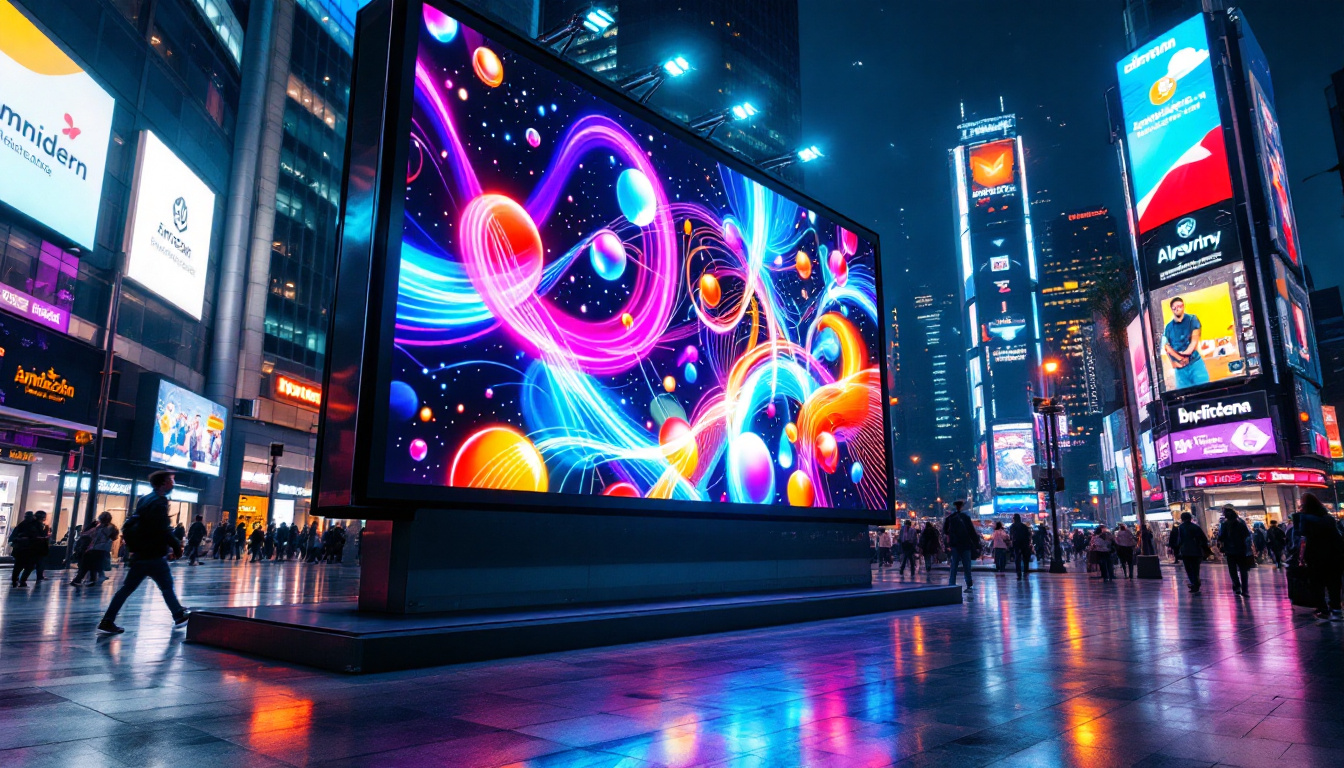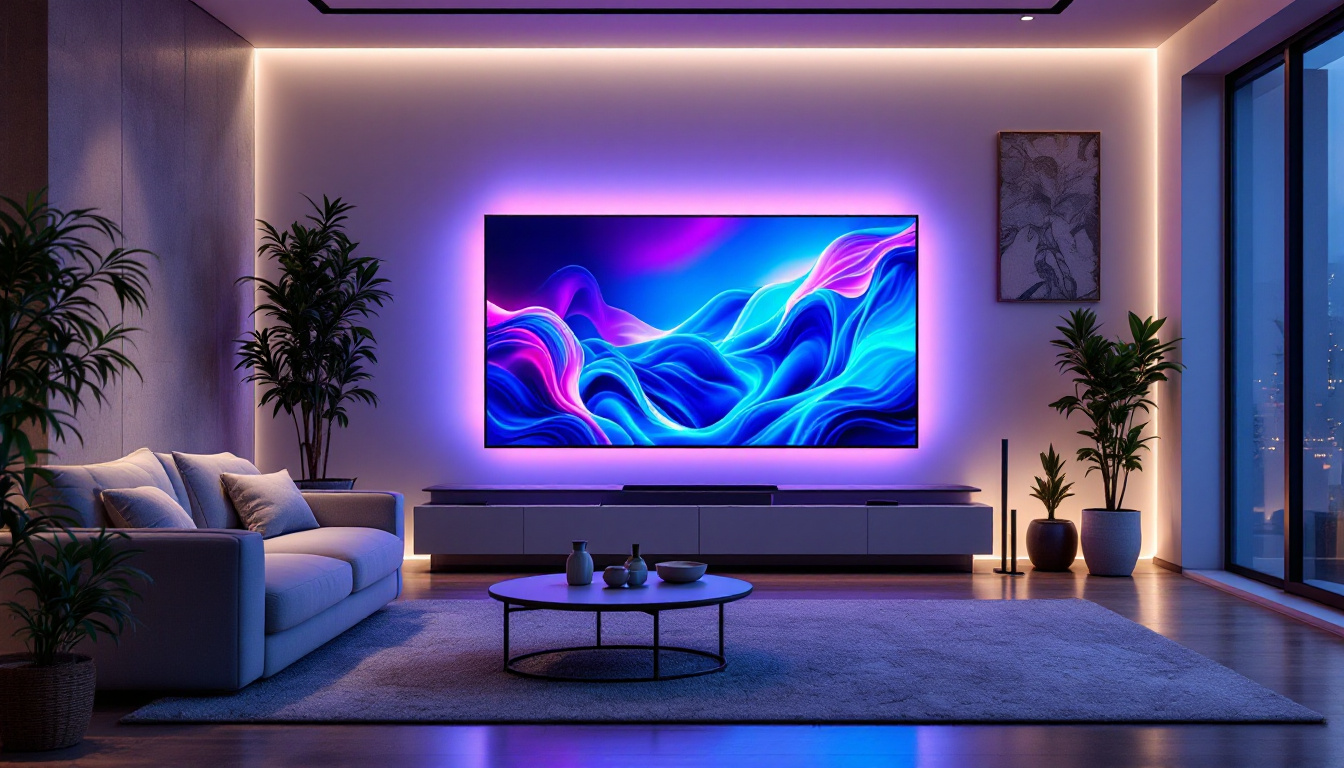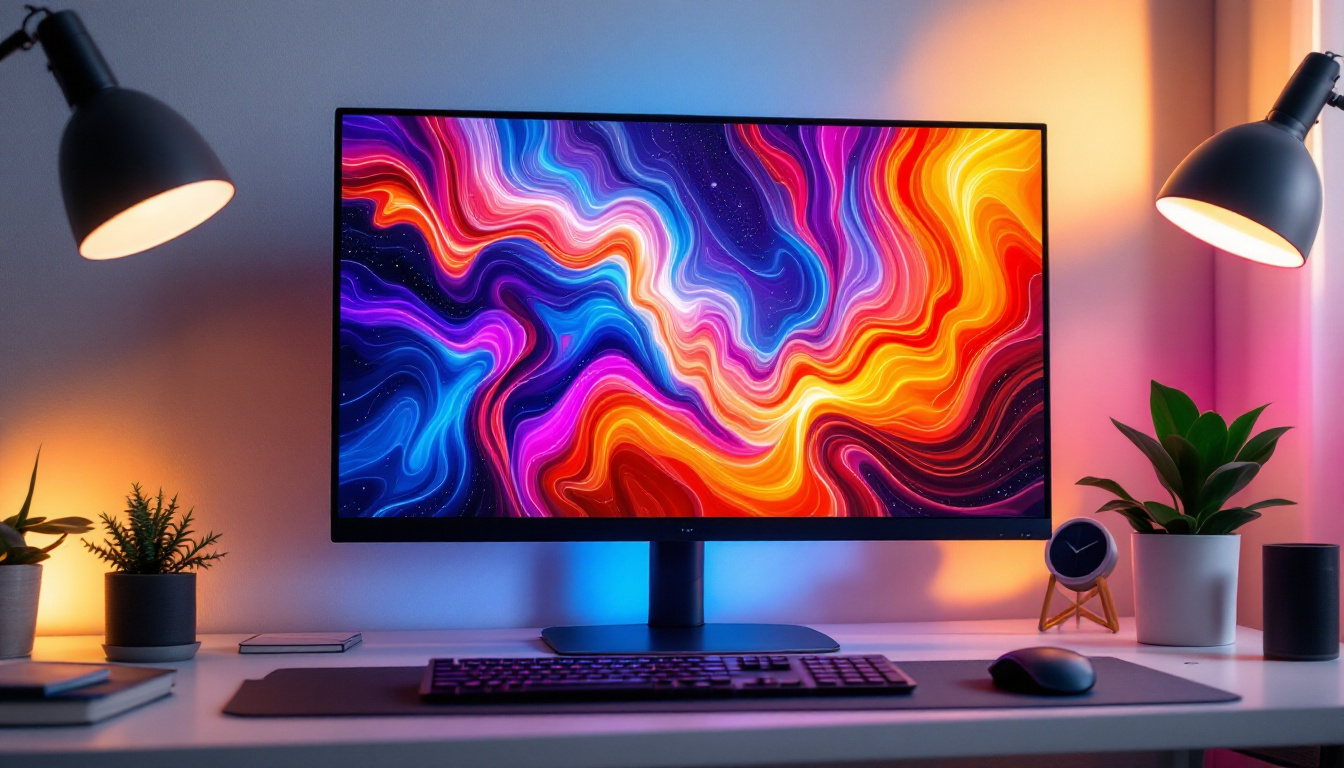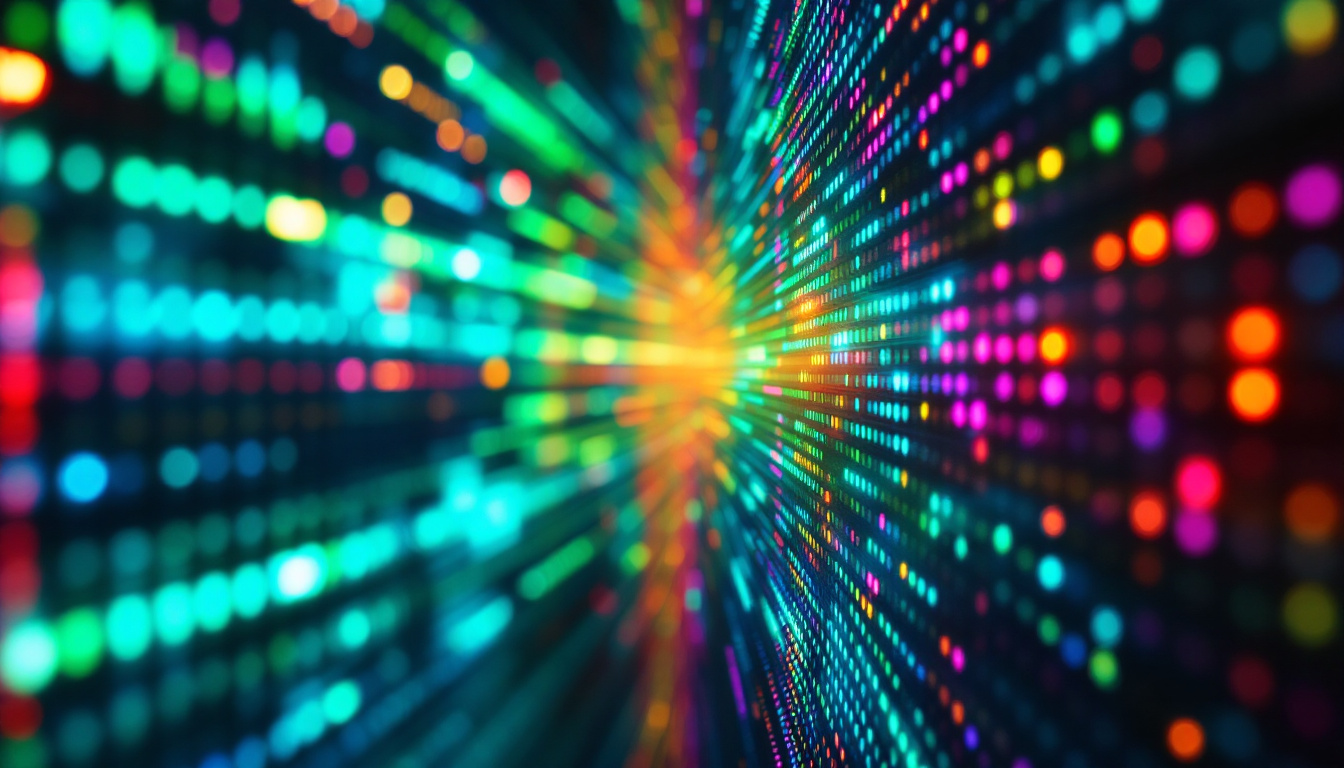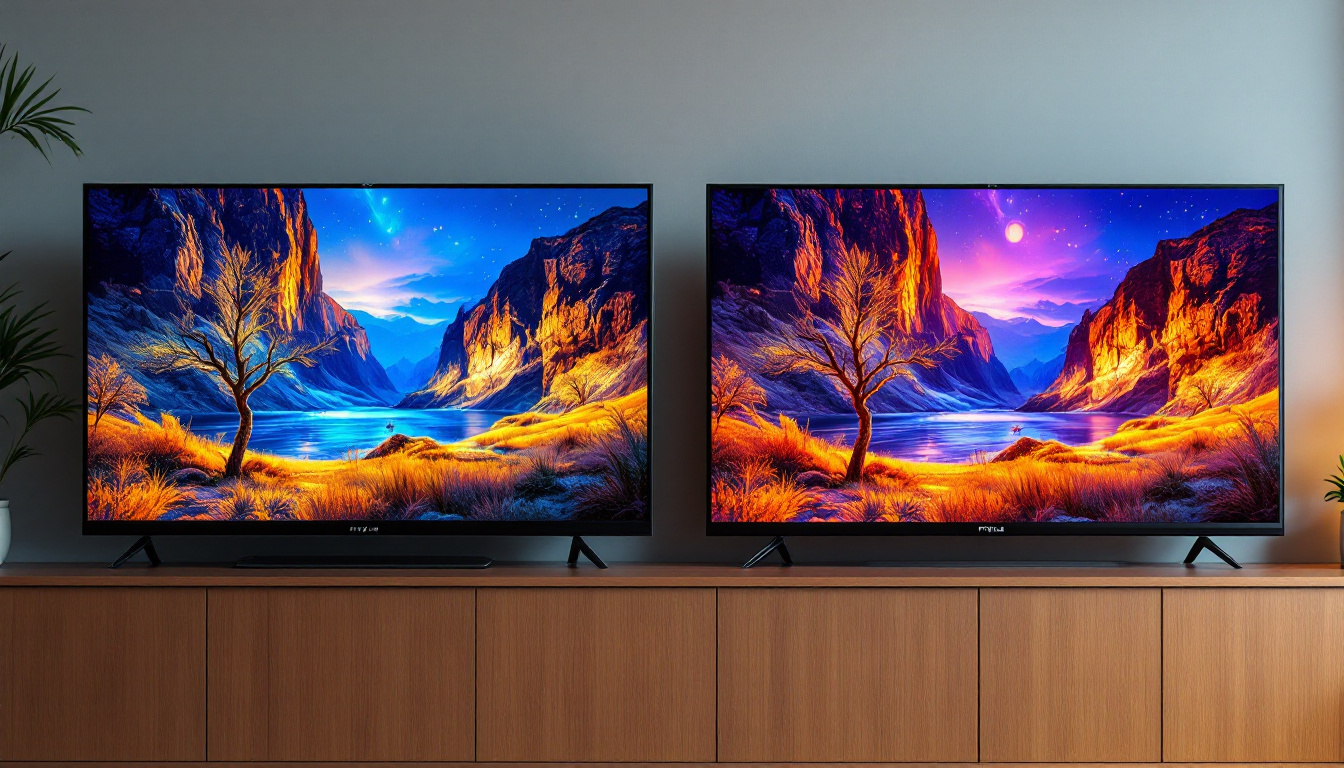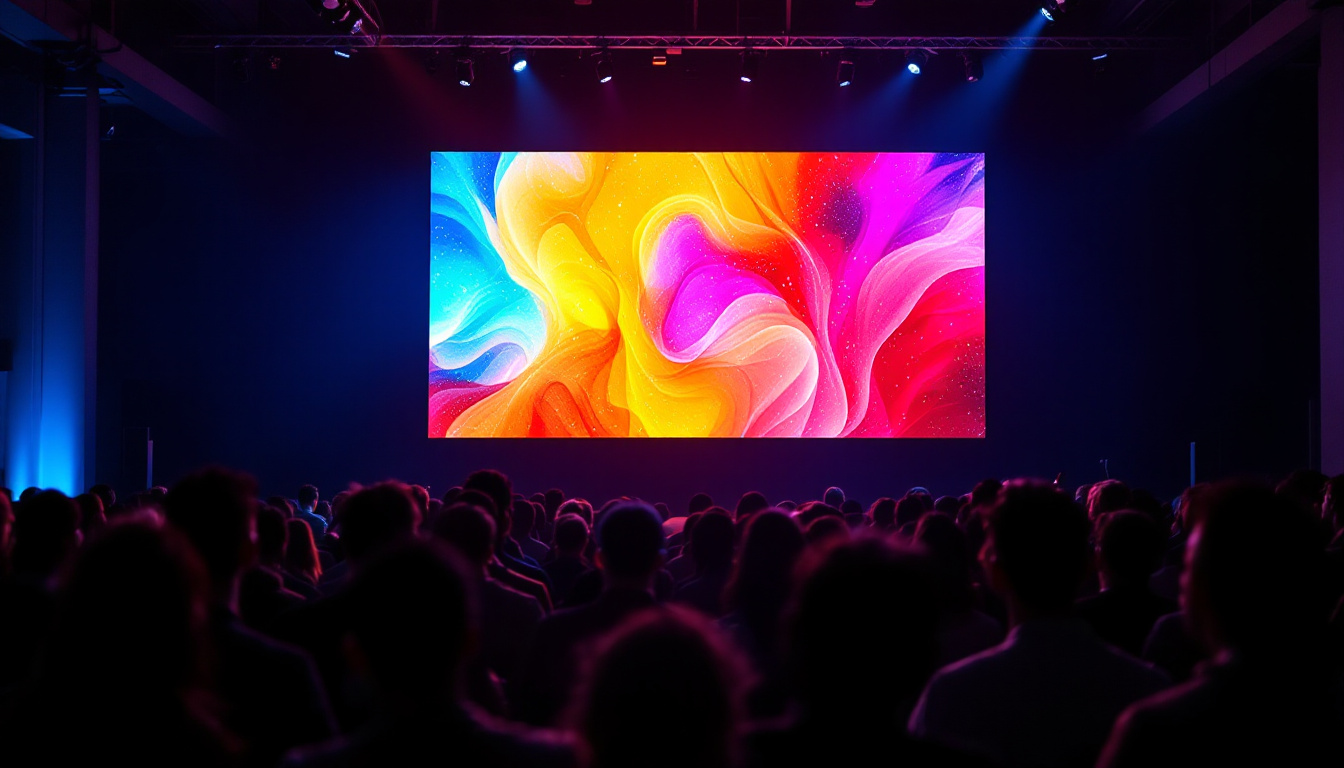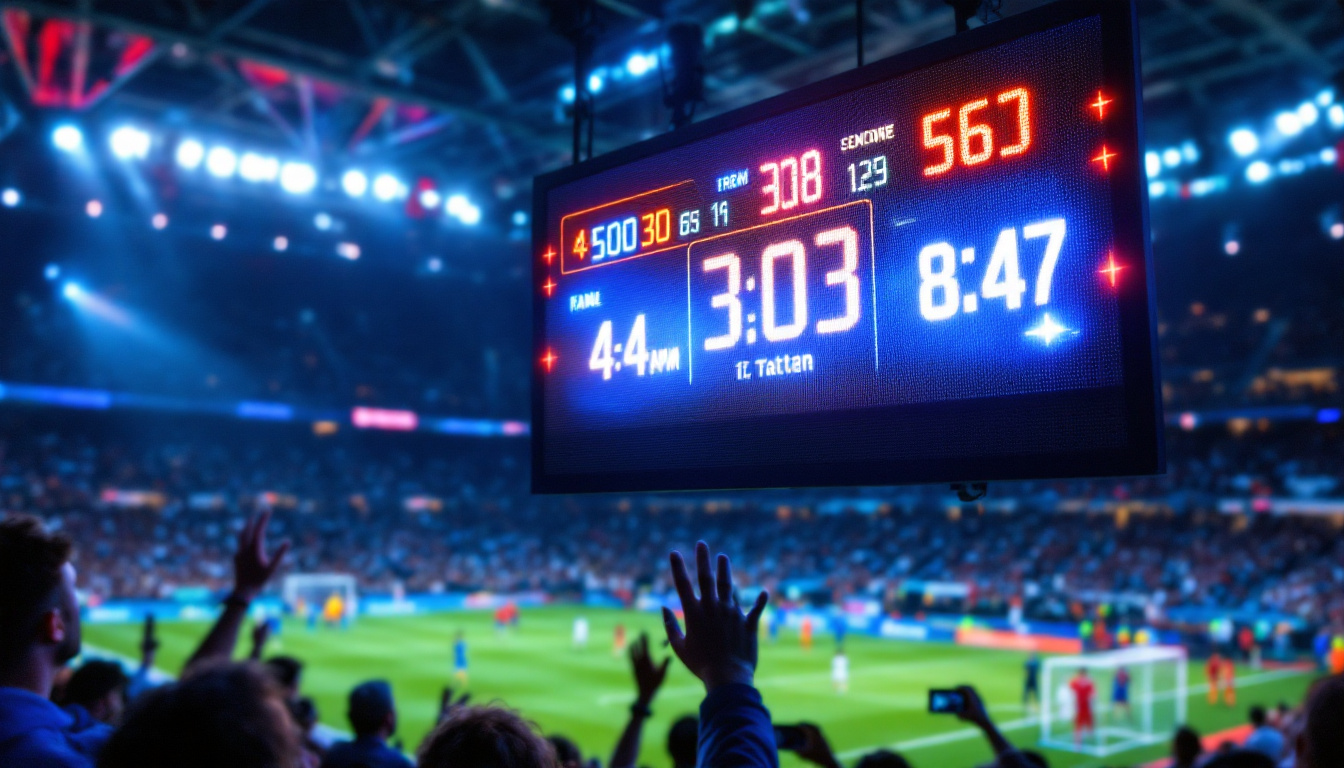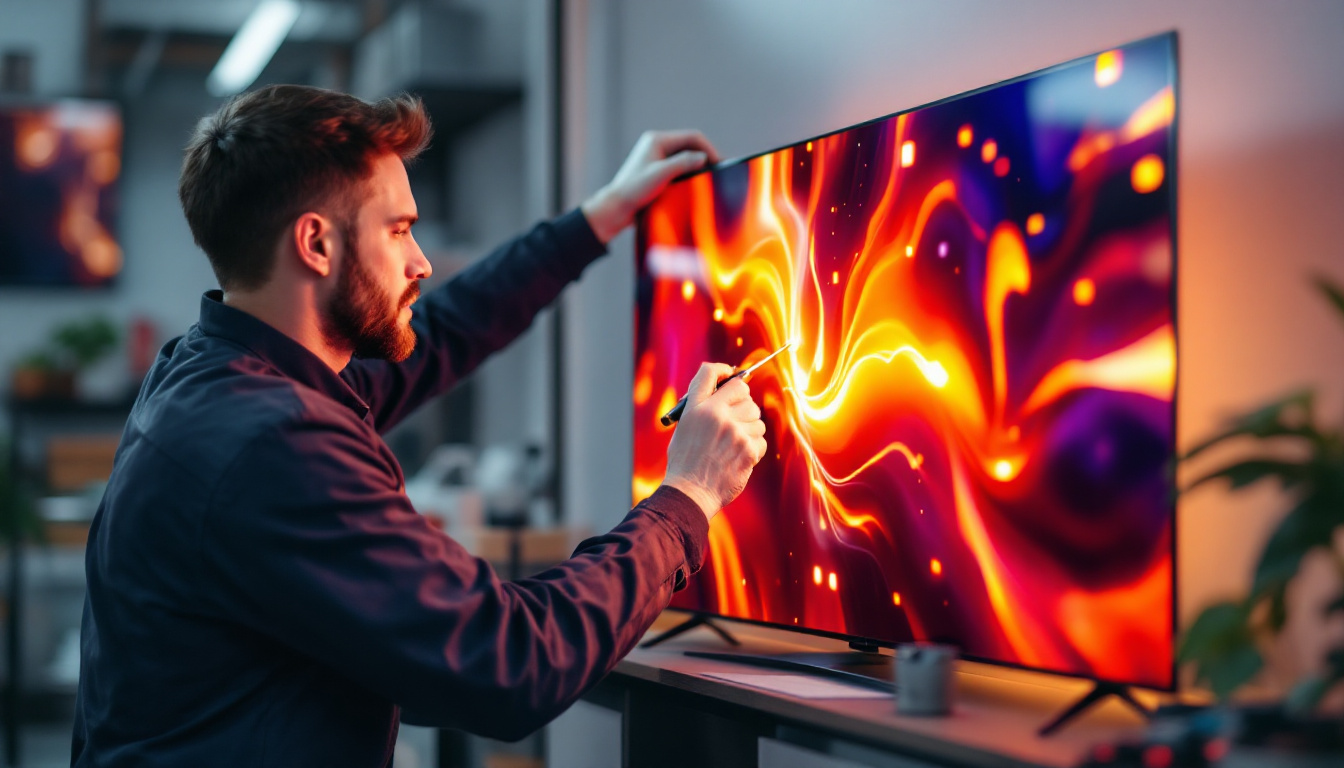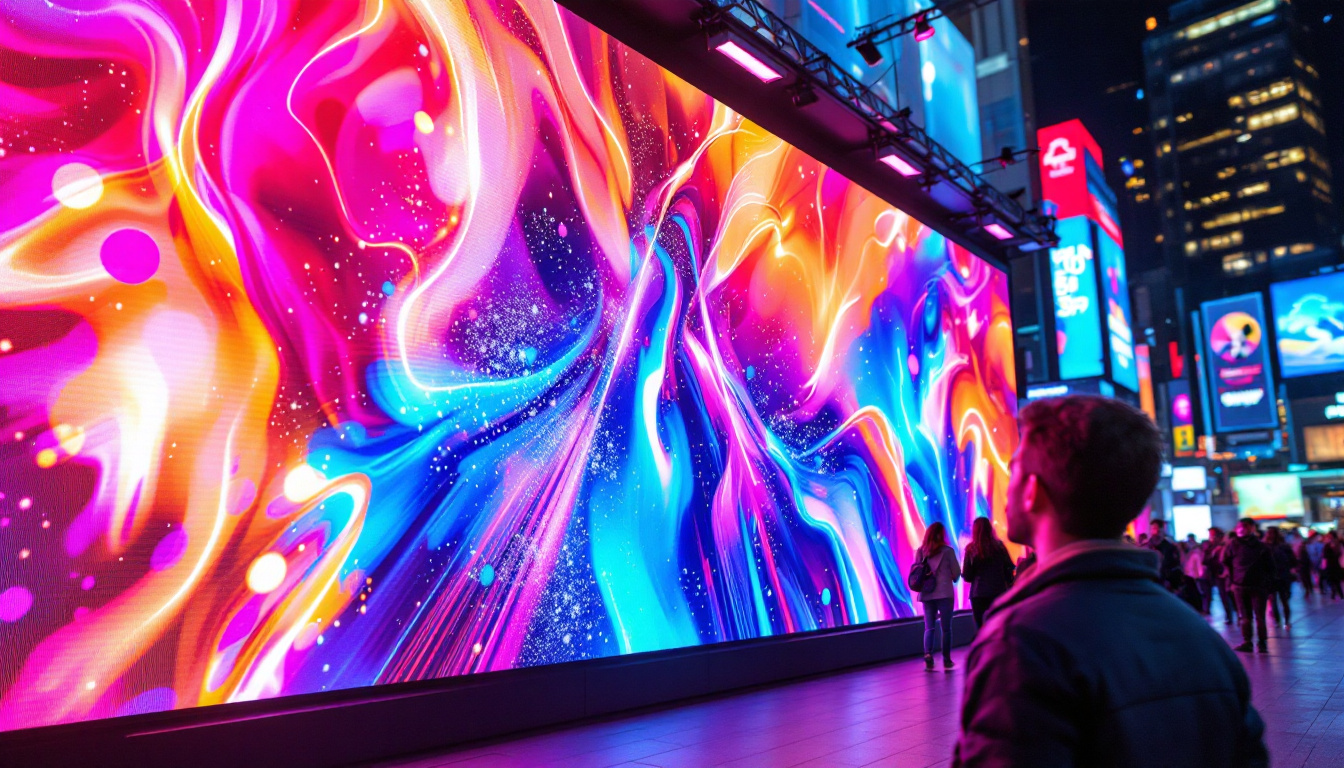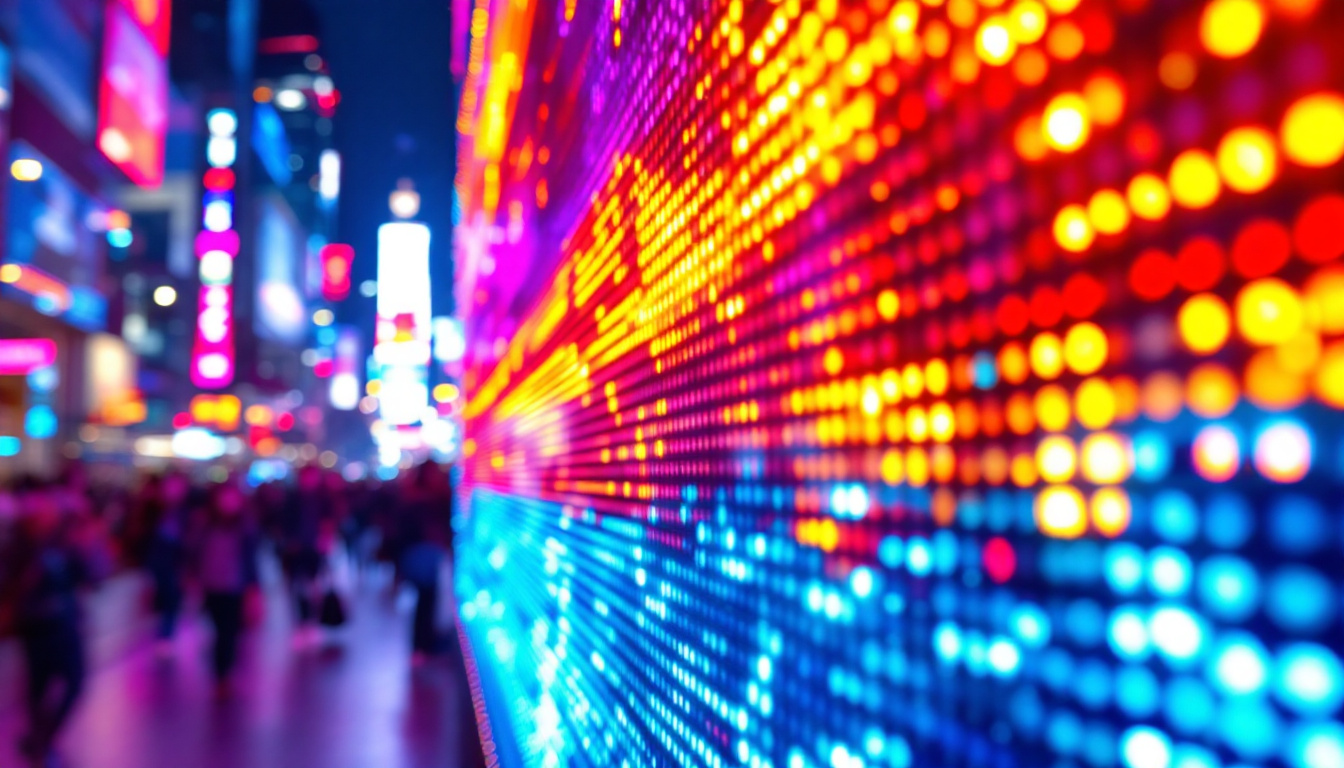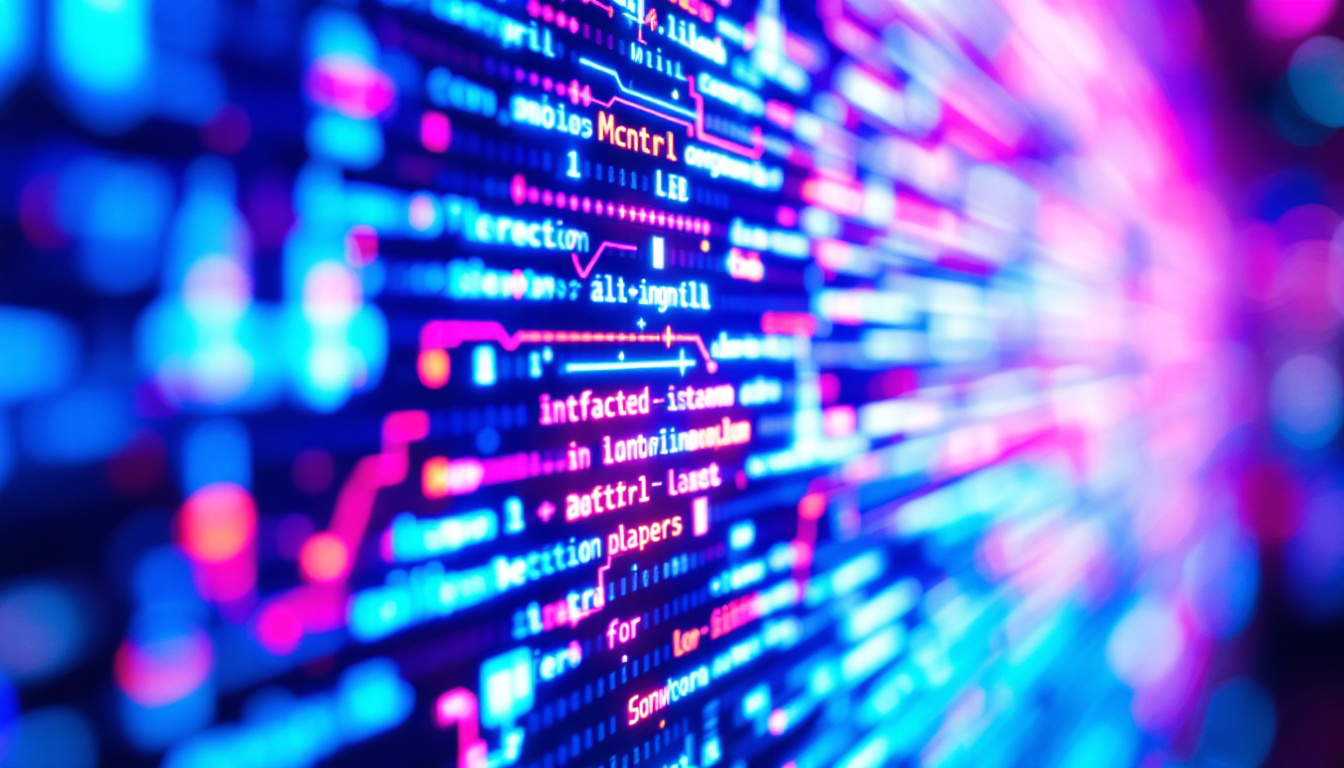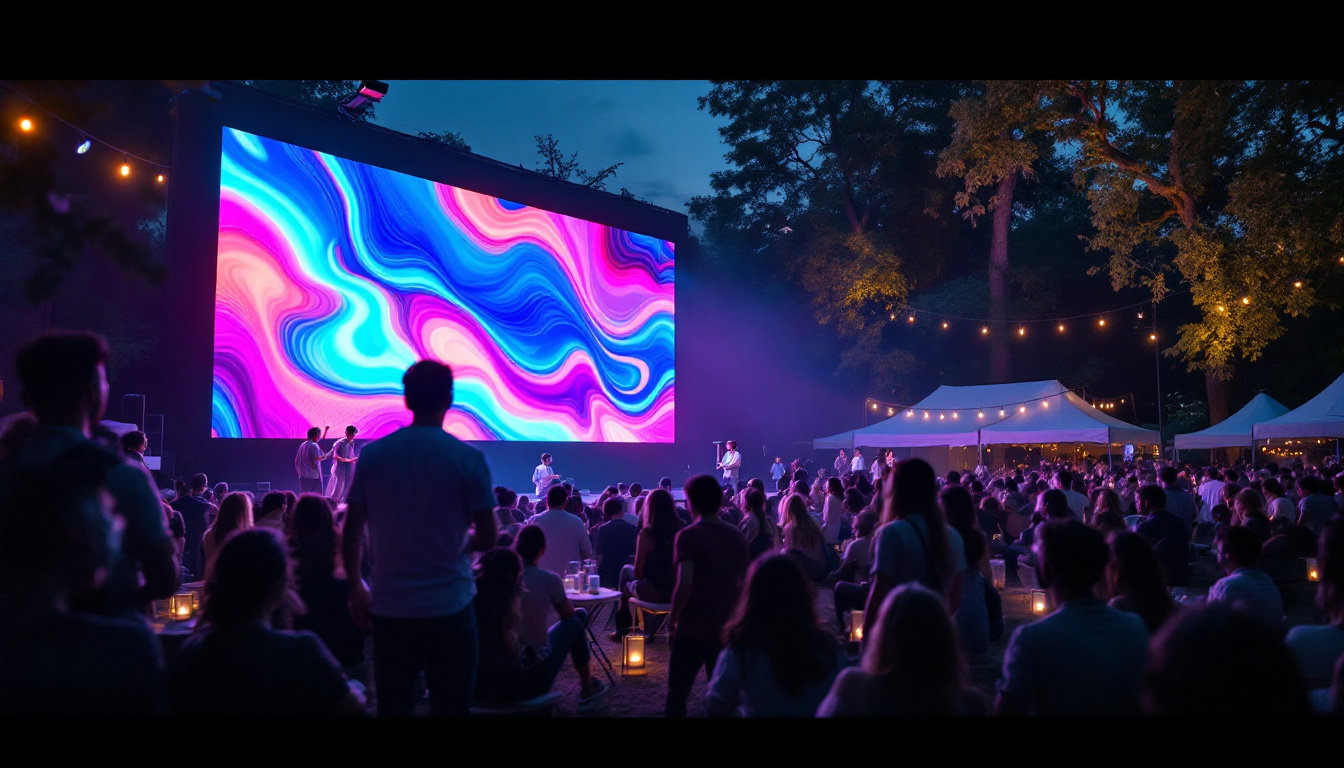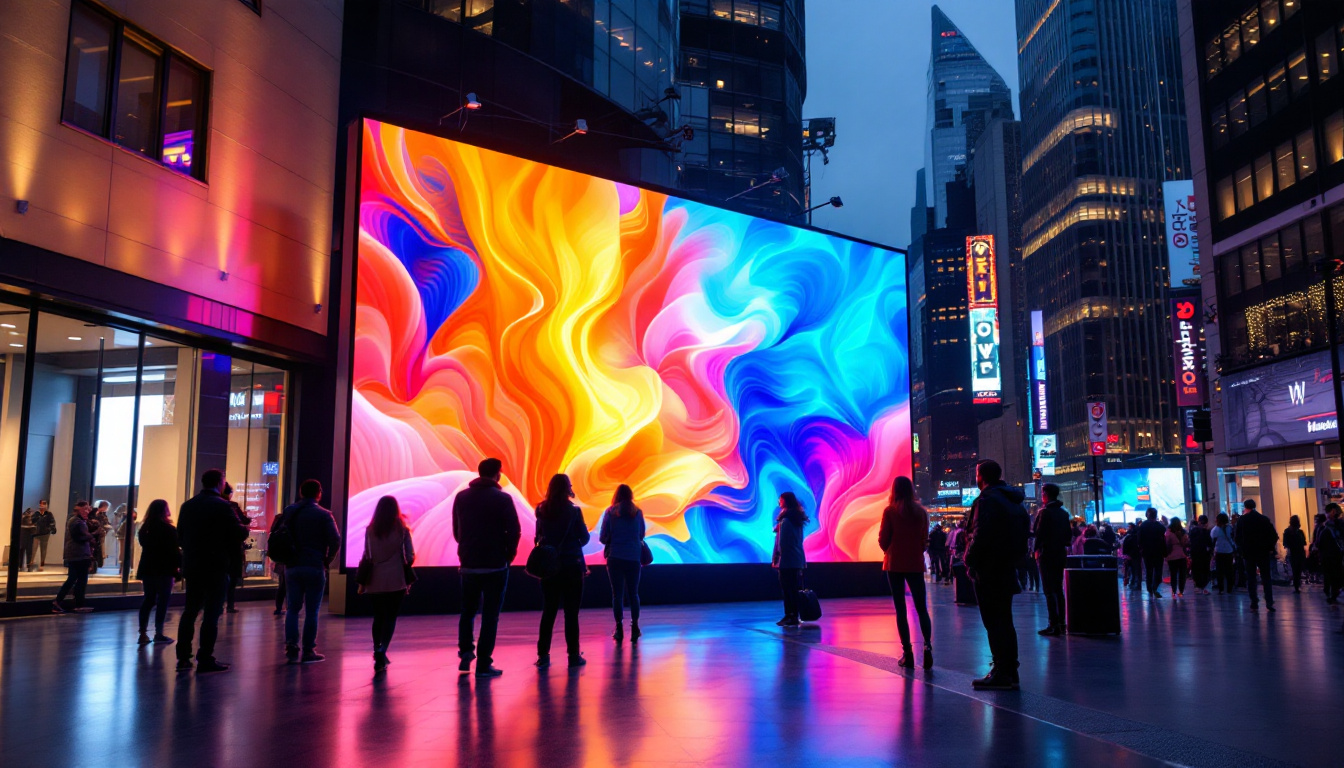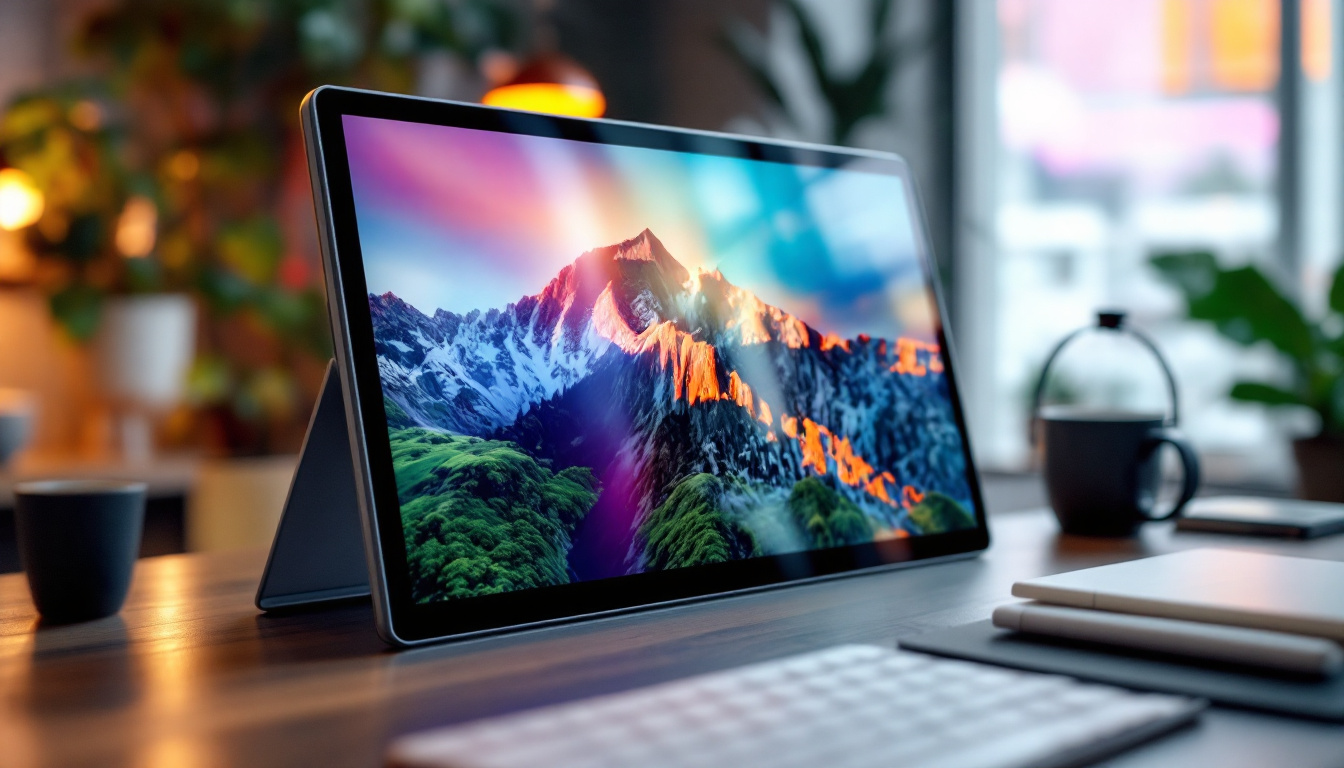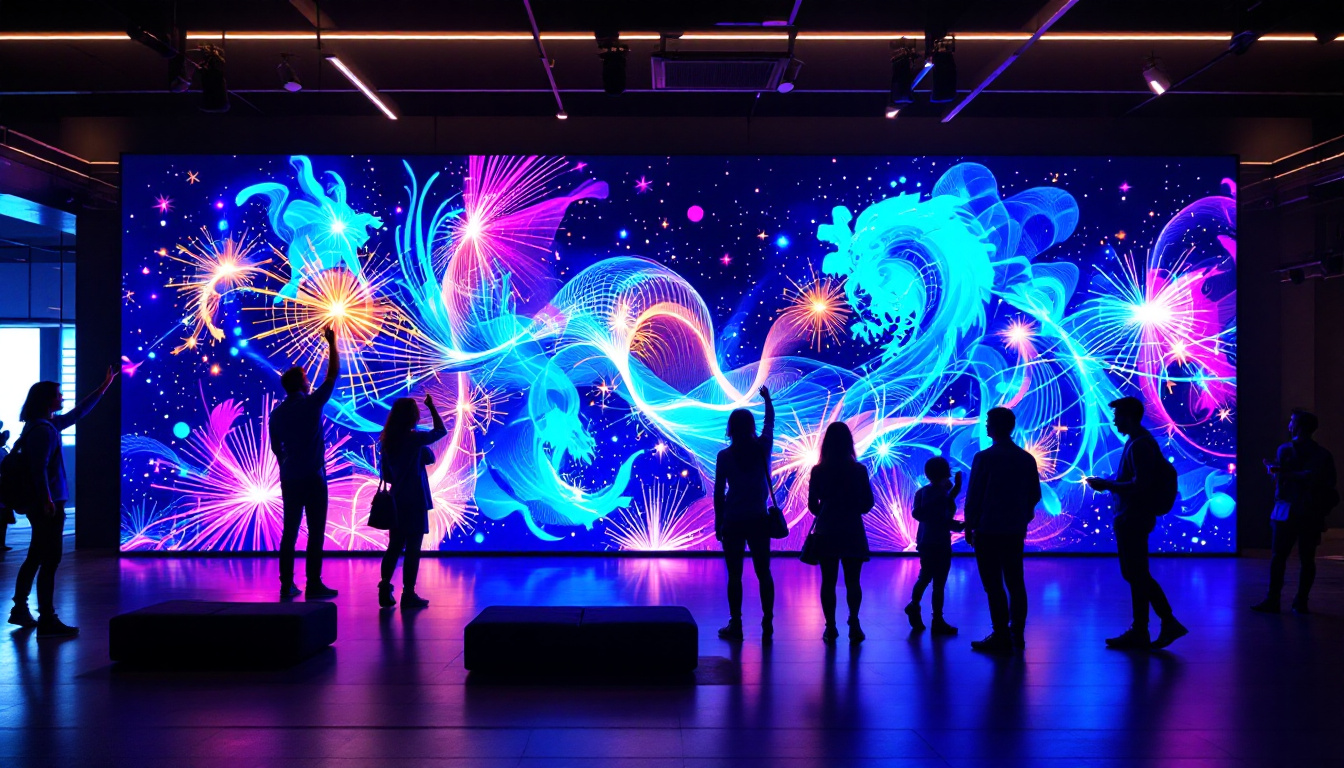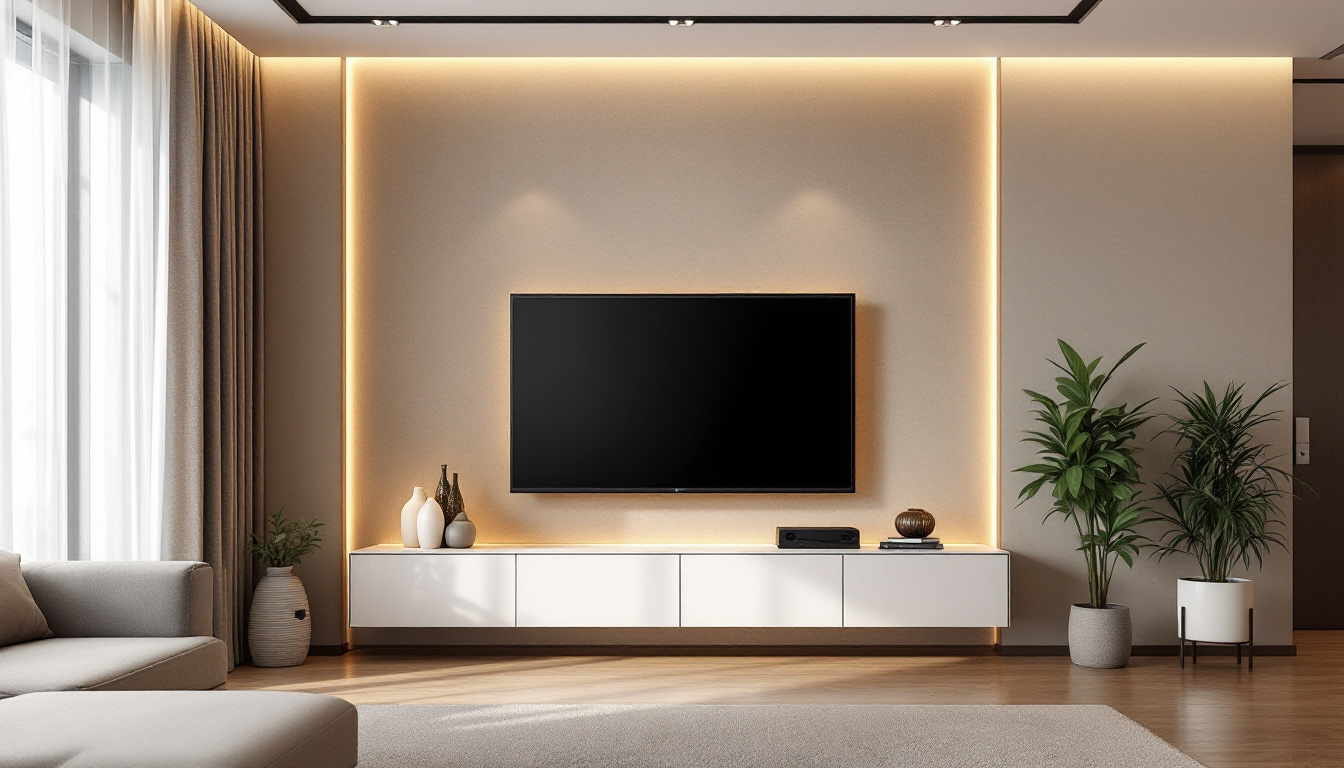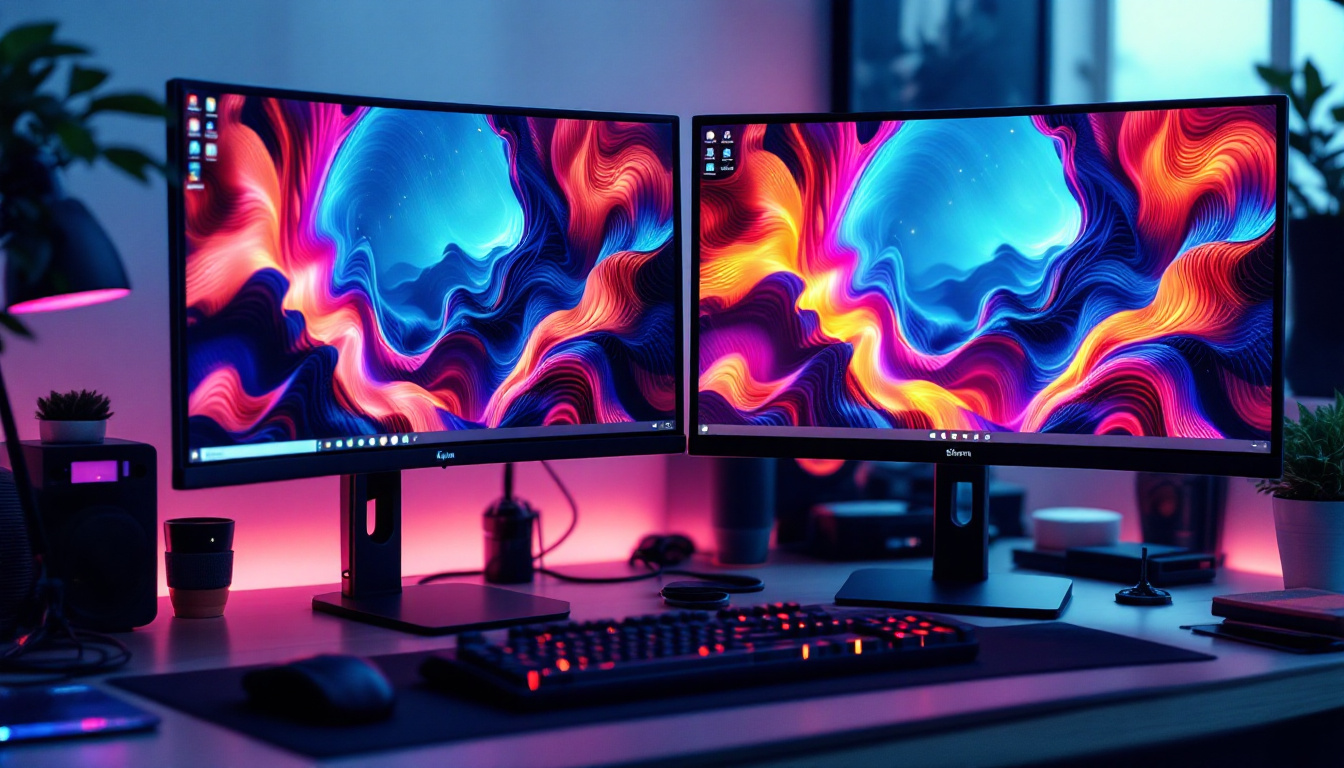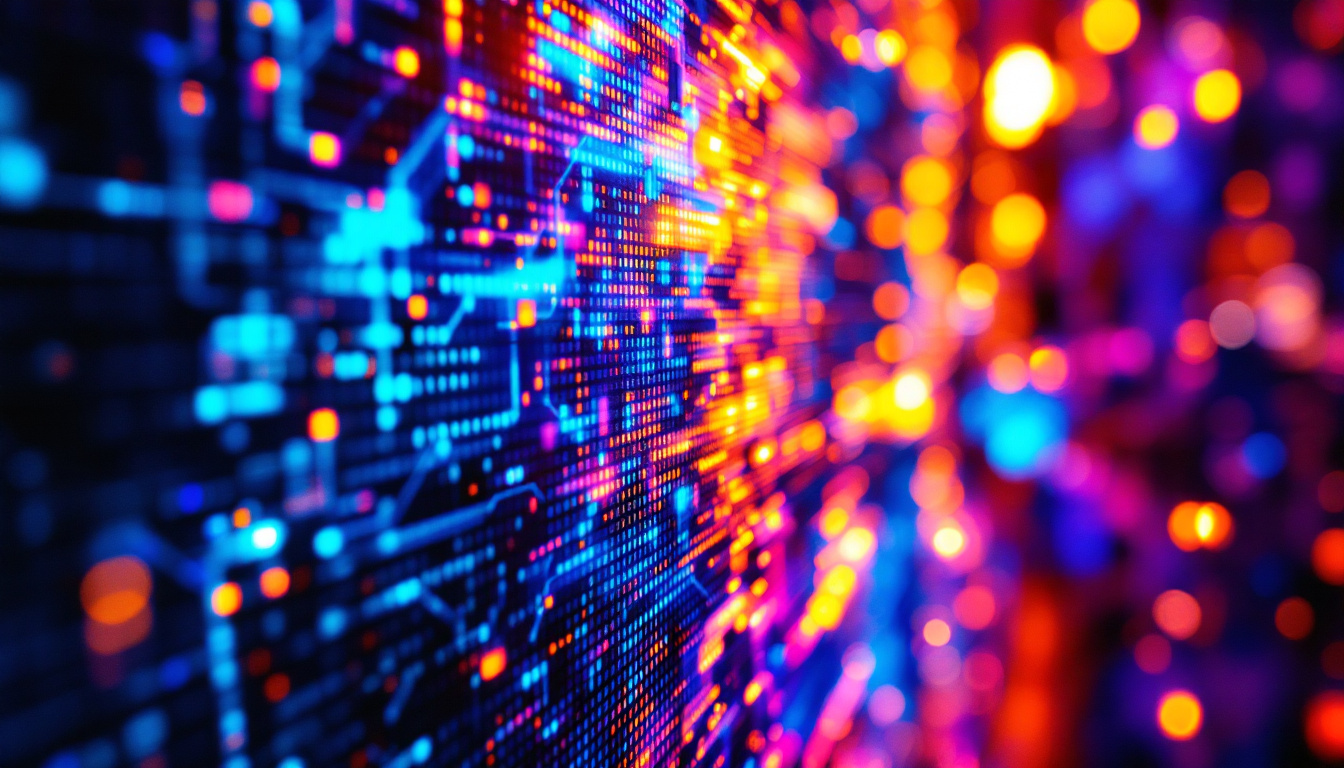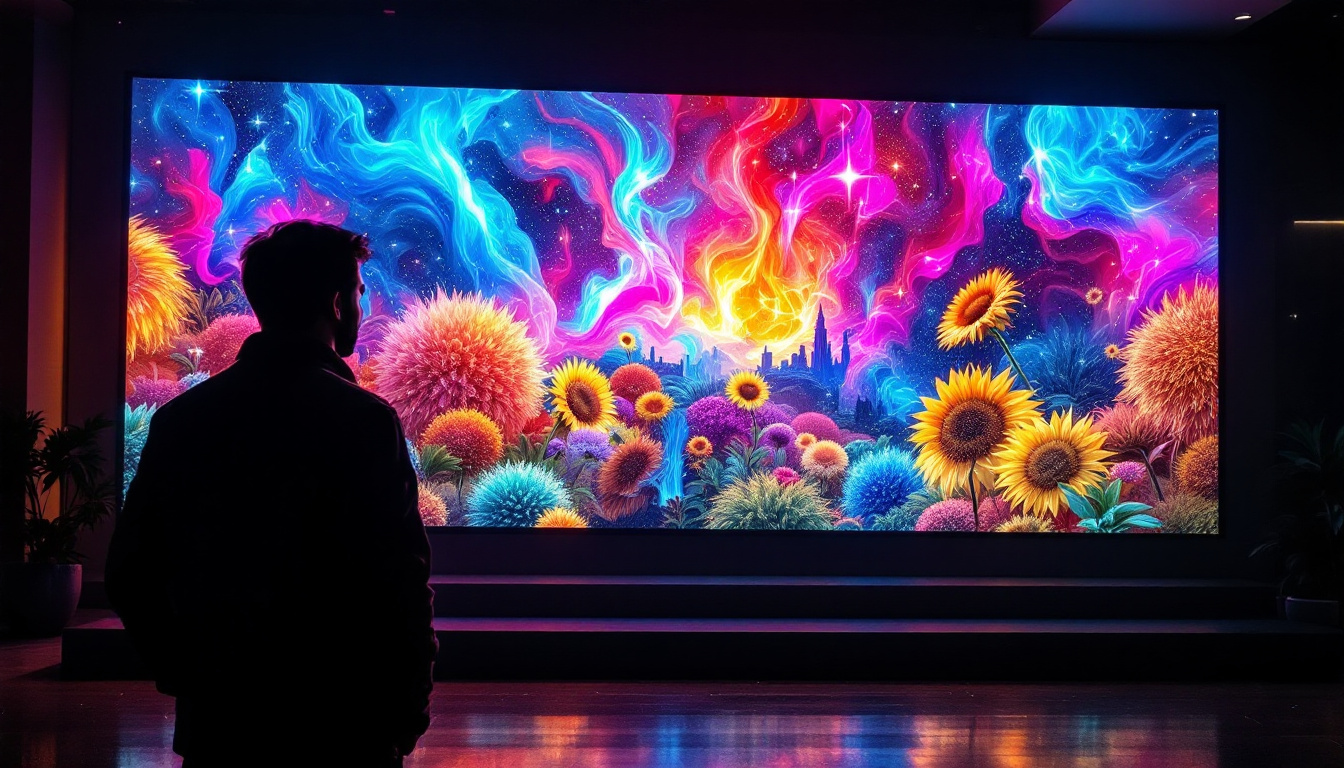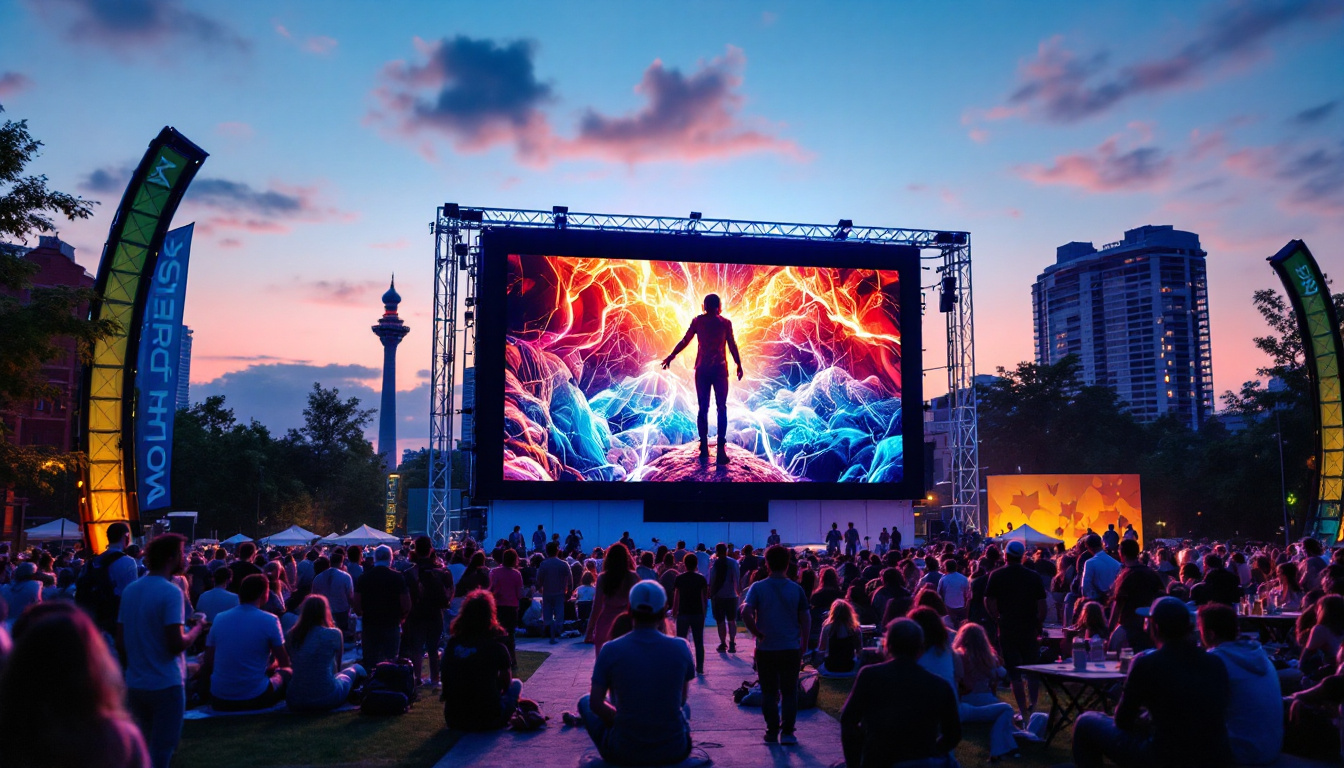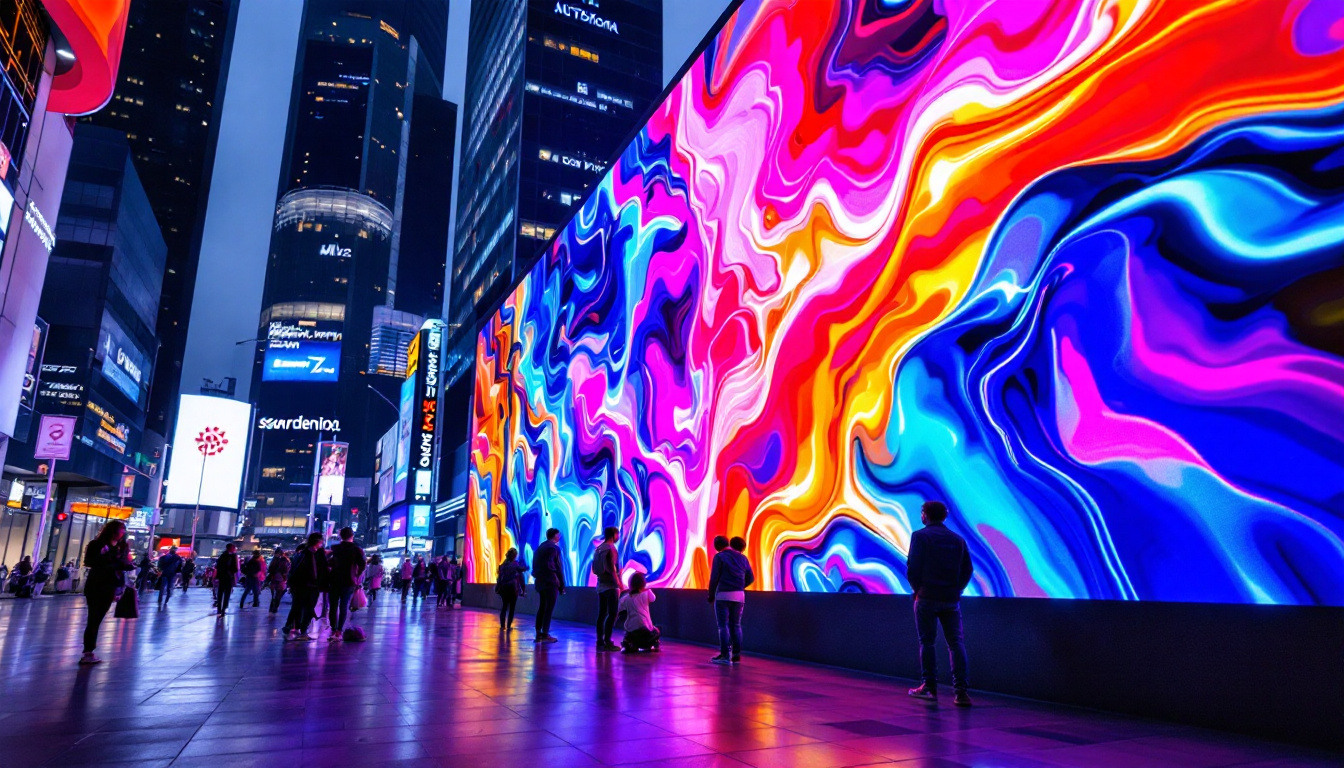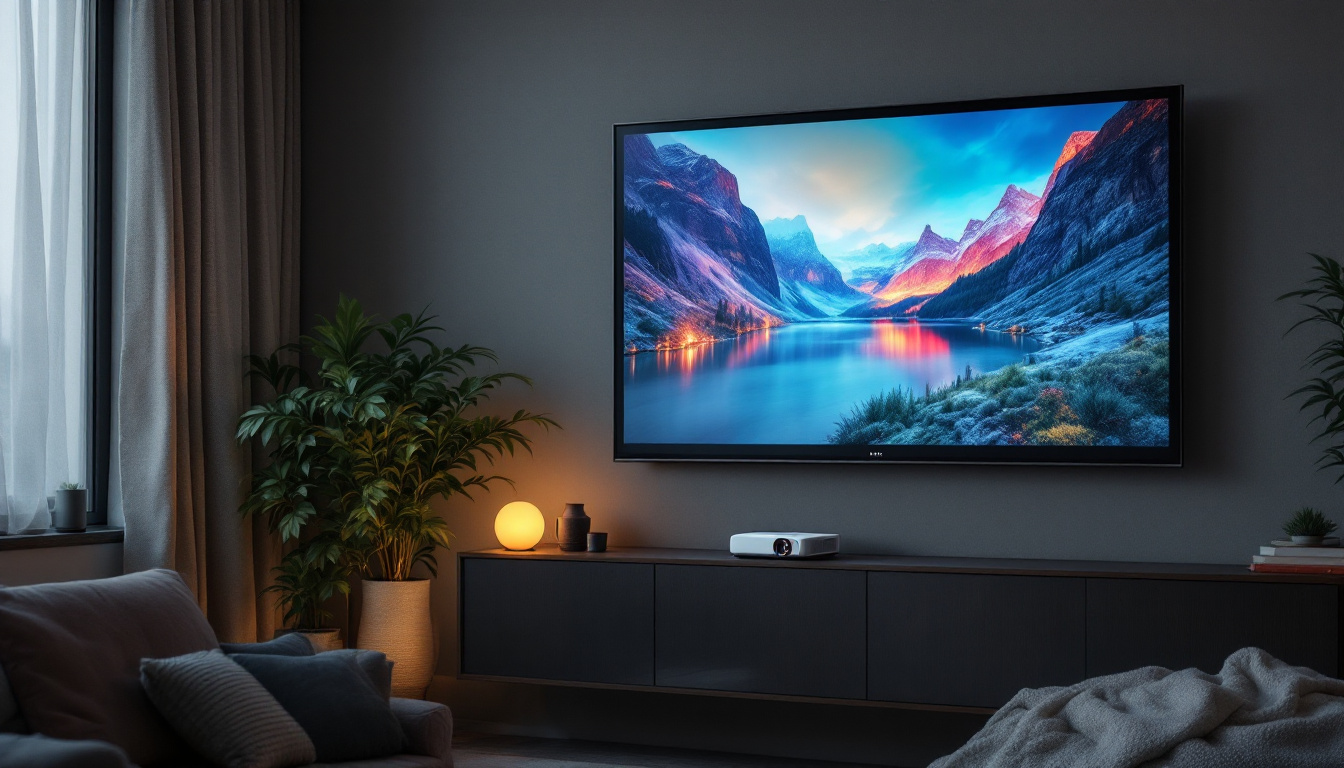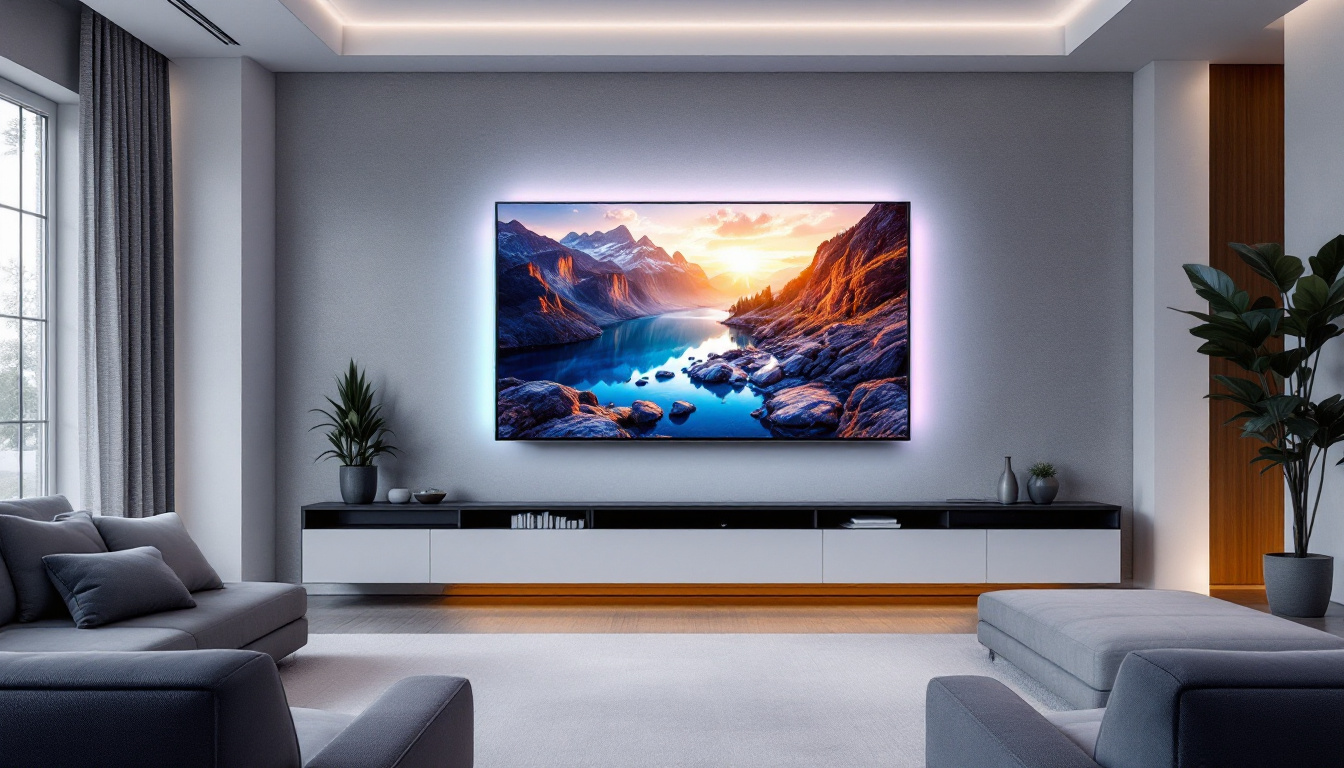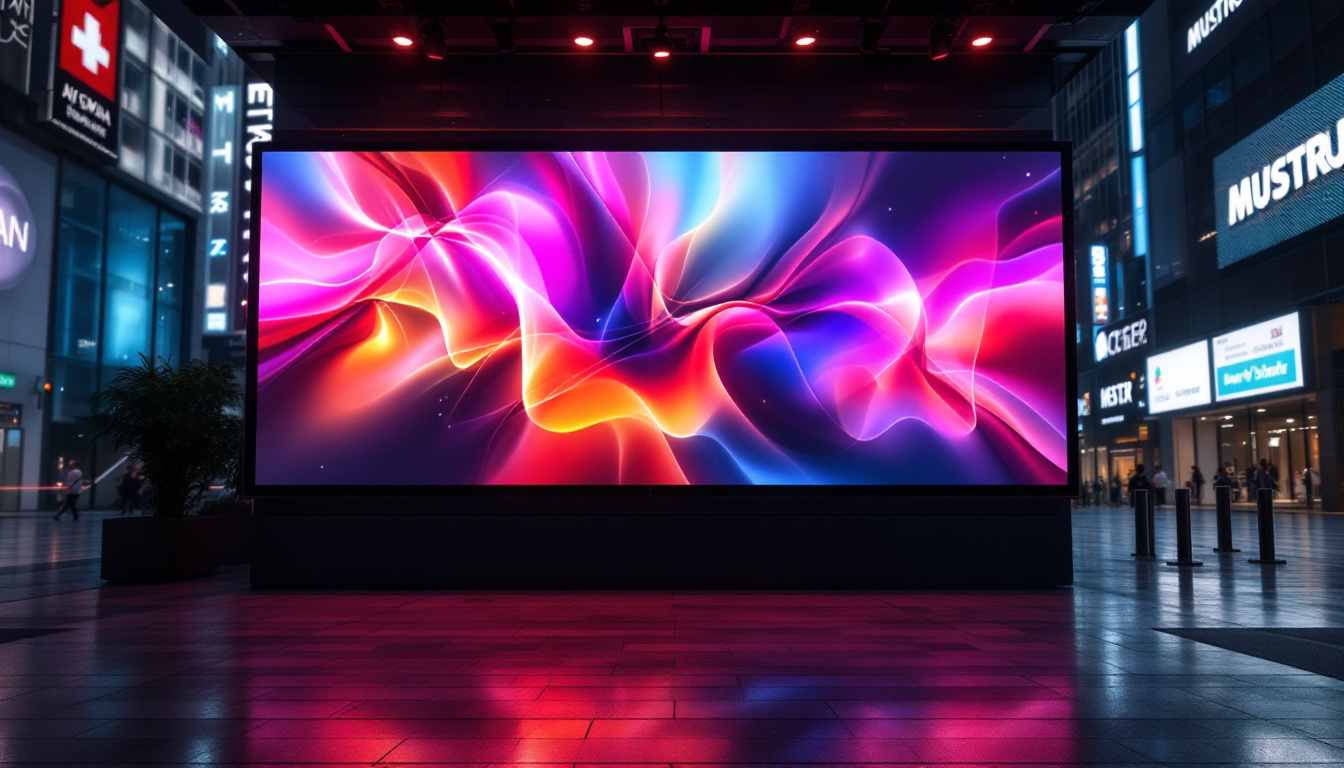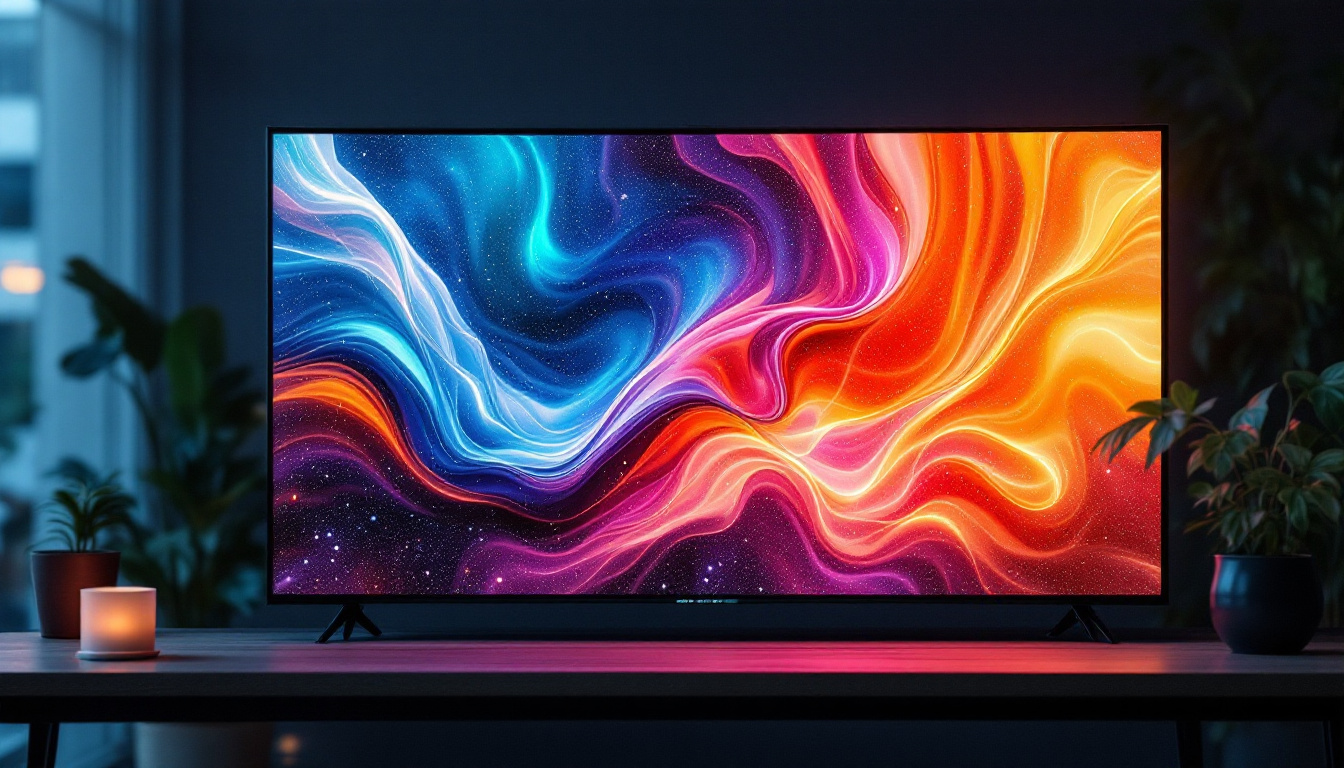In an increasingly digital world, the importance of visual communication cannot be overstated. One of the most effective tools for conveying messages, advertisements, and information is the LED display board. These boards have revolutionized how businesses and organizations communicate with their audiences. This article delves into the intricacies of LED displays, exploring their technology, applications, and benefits.
What is an LED Display?
LED stands for Light Emitting Diode, a technology that has transformed the way visual information is presented. An LED display board consists of numerous small diodes that emit light when an electric current passes through them. These diodes can produce a range of colors, allowing for dynamic and vibrant displays. The versatility of LED technology has made it a popular choice for various applications, from advertising to entertainment, and even in art installations. The energy efficiency of LED displays also contributes to their widespread adoption, as they consume significantly less power than traditional display technologies.
LED displays can be categorized into two main types: indoor and outdoor. Indoor displays are typically used in venues such as shopping malls, airports, and conference centers, where they can enhance the customer experience and provide real-time information. Outdoor displays, on the other hand, are designed to withstand the elements and are often found in billboards and stadiums. These outdoor displays are engineered to be brighter and more durable, ensuring visibility even in direct sunlight or harsh weather conditions. As technology continues to advance, we are seeing innovations like flexible LED screens that can be shaped to fit unique spaces, further expanding the possibilities of LED display applications.
How LED Displays Work
The operation of an LED display is based on a simple principle: when electricity flows through a diode, it emits light. Each pixel on an LED screen is made up of red, green, and blue diodes, which can be combined in various ways to create a full spectrum of colors. This RGB (Red, Green, Blue) model is fundamental to how images and videos are rendered on the screen. The precision with which these colors can be mixed allows for the creation of lifelike images and smooth transitions in video playback, making LED displays ideal for both advertising and entertainment purposes.
To create a complete image, the display board is divided into a grid of pixels. Each pixel’s brightness can be individually controlled, allowing for high-resolution images and videos. The technology behind LED displays has evolved significantly, leading to the development of high-definition and ultra-high-definition screens that offer stunning clarity and detail. Additionally, advancements in pixel pitch—the distance between the centers of two adjacent pixels—have enabled manufacturers to produce displays with incredibly fine resolutions, making them suitable for close viewing distances. This level of detail is particularly beneficial in applications such as digital signage, where clear and impactful visuals are essential for capturing audience attention.
Types of LED Displays
LED displays come in various forms, each designed for specific applications. The most common types include:
- Direct View LED: These displays are made up of individual LED modules that create a seamless image. They are often used for large outdoor billboards and digital signage, allowing advertisers to convey messages in a visually striking manner. The modular nature of direct view LED displays also makes them highly customizable, enabling businesses to create displays of virtually any size and shape.
- LED Video Walls: Composed of multiple LED panels, video walls are used in control rooms, concert venues, and sports arenas to create large, immersive displays. These video walls can be configured to show a single large image or multiple smaller images simultaneously, providing flexibility for various events and presentations. The high brightness and contrast ratios of LED video walls ensure that content remains vibrant and engaging, even in brightly lit environments.
- Transparent LED: These displays allow for visibility through the screen while still displaying images or videos. They are often used in retail environments to showcase products without obstructing the view. This innovative design not only enhances the aesthetic appeal of storefronts but also provides a unique advertising medium that captures the attention of passersby without compromising the visibility of the products behind the display.
Applications of LED Displays
LED displays are versatile and can be found in a wide range of applications across various industries.
Advertising and Marketing
One of the most prominent uses of LED displays is in advertising. Businesses utilize these boards to promote products, services, and events. The bright colors and dynamic content attract attention, making them an effective marketing tool. digital billboards can be programmed to change messages throughout the day, targeting different audiences at different times.
Moreover, LED displays can be integrated with social media feeds, allowing brands to engage with their audience in real-time. This interactivity enhances customer experience and drives engagement. For instance, a restaurant might showcase customer tweets or Instagram photos on their LED display, creating a sense of community and encouraging more patrons to share their experiences online. This not only boosts the restaurant’s visibility but also fosters a connection between the brand and its customers.
Transportation and Navigation
LED displays play a crucial role in transportation systems. They are commonly used in airports, train stations, and bus terminals to provide real-time information about arrivals and departures. The clarity and brightness of LED screens ensure that important information is visible, even in bright daylight.
Additionally, LED displays are used in traffic management systems to convey messages about road conditions, accidents, and detours, helping to improve safety and efficiency on the roads. These displays can also provide updates on public transport schedules, ensuring that commuters are well-informed and can plan their journeys accordingly. In urban areas, the integration of LED displays with smart city technologies is paving the way for more responsive and adaptive traffic systems, ultimately contributing to reduced congestion and enhanced travel experiences.
Entertainment and Events
In the entertainment industry, LED displays are ubiquitous. Concerts, sports events, and festivals utilize large LED screens to enhance the audience experience. These displays can show live feeds, graphics, and animations, creating a more immersive atmosphere.
Moreover, LED technology has made it possible to create stunning visual effects that can be synchronized with music and performances, elevating the overall experience for attendees. The versatility of LED displays allows for creative storytelling through visuals, enabling event organizers to craft unique narratives that resonate with their audience. For example, during a live concert, LED screens can be programmed to change colors and patterns in sync with the beat of the music, transforming the venue into a dynamic visual spectacle. This not only captivates the audience but also enhances the emotional connection to the performance, making each event memorable.
Benefits of LED Displays
The adoption of LED displays offers numerous advantages, making them a preferred choice for many applications.
Energy Efficiency
One of the standout features of LED technology is its energy efficiency. Compared to traditional lighting solutions, LED displays consume significantly less power. This not only reduces operational costs but also minimizes the environmental impact, making them a more sustainable option.
Longevity and Durability
LED displays are known for their long lifespan. With proper maintenance, they can last for over 100,000 hours, which translates to several years of continuous use. Additionally, they are resistant to shock and vibration, making them suitable for outdoor environments where they may be exposed to harsh weather conditions.
High Visibility and Clarity
LED displays offer superior visibility compared to other display technologies. The brightness of LED screens ensures that content remains clear and legible, even in direct sunlight. This makes them ideal for outdoor advertising and information dissemination.
Challenges and Considerations
While LED displays offer numerous benefits, there are also challenges and considerations that need to be addressed.
Initial Cost
The initial investment for LED display technology can be significant. Although prices have decreased over the years, high-quality LED displays still require a substantial upfront cost. Businesses need to weigh this investment against the long-term benefits and savings associated with energy efficiency and maintenance.
Content Management
Effective content management is crucial for maximizing the impact of LED displays. Businesses must invest in software and personnel to create and manage engaging content. Regular updates and maintenance are essential to keep the display relevant and appealing to the audience.
The Future of LED Displays
The future of LED display technology looks promising, with continuous advancements on the horizon. Innovations such as flexible LED screens, which can be bent and shaped to fit various applications, are already in development. These flexible displays open up new possibilities for creative advertising and design.
Integration with Smart Technology
As smart technology continues to evolve, LED displays are becoming increasingly integrated with IoT (Internet of Things) devices. This integration allows for real-time data sharing and interaction, enabling businesses to tailor their messages based on audience behavior and preferences.
Moreover, advancements in artificial intelligence (AI) are paving the way for more personalized content delivery. AI algorithms can analyze viewer demographics and engagement patterns, allowing for targeted advertising that resonates with specific audiences.
Environmental Considerations
As sustainability becomes a priority for many businesses, the environmental impact of LED displays is a growing concern. Manufacturers are focusing on creating eco-friendly products, using recyclable materials and reducing energy consumption even further. This trend aligns with the global movement towards greener technologies.
Conclusion
LED display boards have become an integral part of modern communication, offering a dynamic and effective way to convey messages across various industries. Their versatility, energy efficiency, and high visibility make them a preferred choice for advertising, transportation, and entertainment.
While challenges such as initial costs and content management exist, the benefits far outweigh the drawbacks. As technology continues to advance, LED displays are poised to become even more innovative, paving the way for exciting new applications and experiences.
In a world where visual communication is paramount, LED display boards stand out as a powerful tool that can captivate audiences and enhance engagement. Embracing this technology can lead to significant advantages for businesses and organizations looking to make a lasting impact.
Illuminate Your Message with LumenMatrix
Ready to elevate your visual communication and create unforgettable experiences? Discover the innovative world of LumenMatrix LED display solutions. From vibrant Indoor and Outdoor LED Wall Displays to versatile Vehicle and Sports LED Displays, our cutting-edge technology is designed to captivate your audience and amplify your brand. Whether you’re looking for a Custom LED Display, an All-in-One solution, or the sleek aesthetics of LED Transparent Displays, LumenMatrix is your partner in revolutionizing your visual presence. Check out LumenMatrix LED Display Solutions today and transform your space into a dynamic canvas of light and color.

